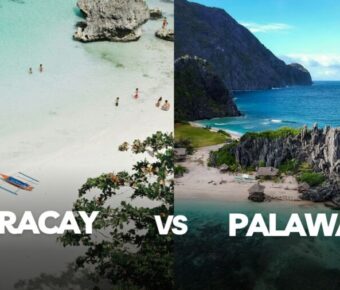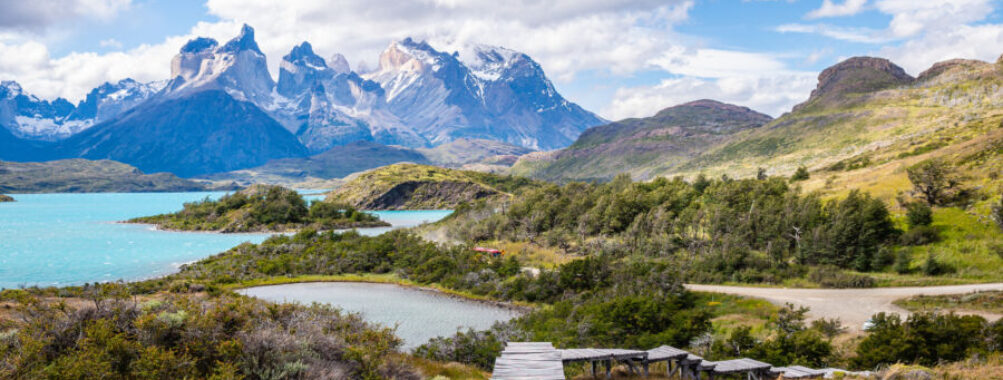
Easter Island Trip Cost: Budget-Friendly 7-Day Adventure
Planning a trip to Easter Island? This remote Polynesian paradise captivates visitors with its mysterious moai statues and rich Rapa Nui culture. But before you pack your bags, you might wonder about the costs. Two people can expect to spend around $5,600 for a typical one-week trip to Easter Island. This includes flights, accommodation, food, and activities.
Don’t let the price tag scare you off! Easter Island offers a unique experience that’s worth every penny. You’ll explore ancient archaeological sites, relax on pristine beaches, and learn about the fascinating history of this Chilean territory.
We’ll break down the costs for you, from budget-friendly options to luxury splurges. You’ll get tips on saving money without missing out on the island’s wonders. Get ready for an unforgettable adventure that won’t break the bank!
Contents
- Key Takeaways
- Planning Your Trip
- Best Time to Visit Easter Island
- How to Get to Easter Island
- Accommodation and Dining
- Where to Stay on Easter Island
- Easter Island Food and Dining
- Exploring Easter Island
- Must-See Attractions
- Transportation Costs and Tips
- Budgeting Your Trip
- Daily Costs and Managing Expenses
- Travel Deals and Savings
- Cultural Insights and Sustainability
- Understanding Rapa Nui Traditions
- Eco-Friendly Travel Practices
- More Travel Guides
Key Takeaways
- Budget $800 per person for a week, not including flights
- Book accommodations and tours in advance to save money
- Visit during shoulder season for lower prices and fewer crowds
Planning Your Trip
Getting to Easter Island takes some preparation. You’ll need to think about the best time to go and how to reach this remote Pacific island. Let’s break down the key details for planning your adventure.
Best Time to Visit Easter Island
The island has a mild climate year-round, but some months are better than others. July to September offer cooler temps and less rain. It’s ideal for exploring the moai statues without getting too hot.
December to March bring warmer weather. It’s perfect for beach time, but watch out for occasional showers. February hosts the Tapati Rapa Nui Festival. You’ll see traditional sports, music, and dance.
Avoid April to June if possible. It’s the wettest season, which can make hiking tricky.
How to Get to Easter Island

Your journey starts with a flight to Santiago, Chile’s capital. From there, LATAM Airlines runs flights to Easter Island. The trip takes about 5 hours over the Pacific Ocean.
Flights don’t run daily, so make sure to book early. Prices vary but expect to pay $450-$700 round-trip from Santiago.
Once you land, you’re just a short drive from the main town of Hanga Roa. Most hotels offer airport pickup. If not, taxis are available.
Remember, Easter Island is remote. Pack essentials like medications. Bring cash too – ATMs can be unreliable.
Accommodation and Dining

Finding a place to stay and eat on Easter Island can be tricky. Let’s break down your options and costs for lodging and meals during your visit to this remote paradise.
Where to Stay on Easter Island
Most hotels on Easter Island are in Hanga Roa, the main town. You’ll find options ranging from basic guesthouses to luxury resorts. Budget travelers can expect to pay around $50-80 per night for simple rooms. Mid-range hotels cost $100-150 nightly. Fancy digs run $200+.
Booking.com has lots of Easter Island hotels to choose from. Or try a vacation rental if you want more space.
Make sure to book early! Easter Island has limited rooms, so prices jump during busy times.
Easter Island Food and Dining
Food on Easter Island isn’t cheap, but you can still eat well without breaking the bank. Local restaurants serve up yummy Polynesian dishes with fresh seafood. Expect to pay $15-25 for a main course.
For cheap eats, hit up the food stalls near the harbor. Grab empanadas or ceviche for a few bucks. Grocery stores let you stock up on snacks and picnic supplies.
Fancy a splurge? Some hotels offer fancy dinners with cultural shows. These can cost $50+ per person but make for a fun night out.
Exploring Easter Island
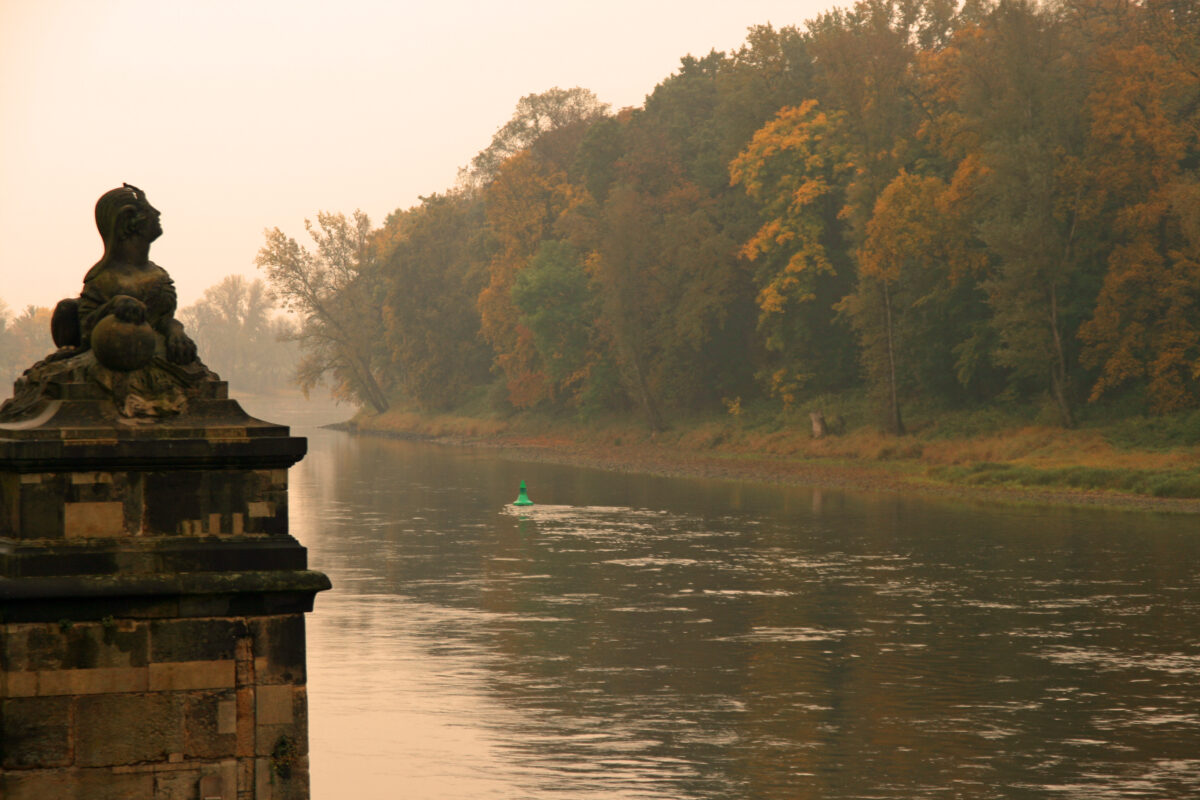
Easter Island offers a unique blend of ancient history and natural beauty. Visitors can marvel at iconic stone statues and explore stunning landscapes. Getting around and seeing the sights takes some planning, but the experience is unforgettable.
Must-See Attractions
The famous Moai statues are Easter Island’s main draw. You can’t miss Ahu Tongariki, the largest ahu (platform) with 15 massive Moai. It’s perfect for sunrise photos. Rano Kau, a volcanic crater with a freshwater lake, offers breathtaking views. Don’t skip Anakena Beach, a white sand paradise with palm trees and Moai.
Ahu Akivi is special – it’s the only site where Moai face the ocean. The Tahai complex near Hanga Roa town has restored Moai and is great for sunset watching.
Remember to buy an entrance ticket to Rapa Nui National Park. You need it to visit most sites, and it helps preserve this special place.
Transportation Costs and Tips
Renting a car is the best way to explore Easter Island. Expect to pay about $60-80 per day for a small car. Make sure to book early, as rental cars can sell out quickly. Gas is pricey, so budget accordingly.
If you prefer not to drive, you can also book tours or activities to see the main sights. Group tours cost around $50-100 per person for a full day. Hiring a private guide with a vehicle runs about $150-200 per day.
Public buses are limited, and taxis are available but can get expensive for long trips. Renting a bike is a cheap option if you’re fit and don’t mind hills. Bike rentals cost about $15-20 per day.
Budgeting Your Trip

Planning a trip to Easter Island takes careful budgeting. You’ll need to account for daily expenses and look for ways to save money without sacrificing experiences. Let’s break down the costs and explore some money-saving tips.
Daily Costs and Managing Expenses
Easter Island isn’t cheap, but with smart planning, you can keep costs in check. A daily budget of about $150 per person covers the basics. Here’s a rough breakdown:
- Accommodation: $50-100 per night
- Food: $30-50 per day
- Transportation: $20-30 per day
- Activities: $50-100 per day
To save money, try these tips:
• Stay at guesthouses instead of hotels
• Eat at local picadas for cheaper meals
• Rent a bike to explore instead of a car
• Look for combo tours that include multiple sites
Remember to factor in the entry fee to Rapa Nui National Park, which is about $80 for foreign visitors.
Travel Deals and Savings
Finding deals can make your Easter Island trip more affordable. Here are some ways to save:
• Book flights in advance during off-peak seasons (June-August)
• Look for package deals that include flights, hotel, and tours
• Use credit card points or miles to book flights
• Stay longer to get weekly discounts on accommodations
• Buy a multi-day pass for the national park if you plan to visit often
Don’t forget to check for student, senior, or group discounts on tours and activities. Some hotels offer free breakfast, which can help cut food costs. With careful planning, you can enjoy Easter Island without breaking the bank.
Cultural Insights and Sustainability
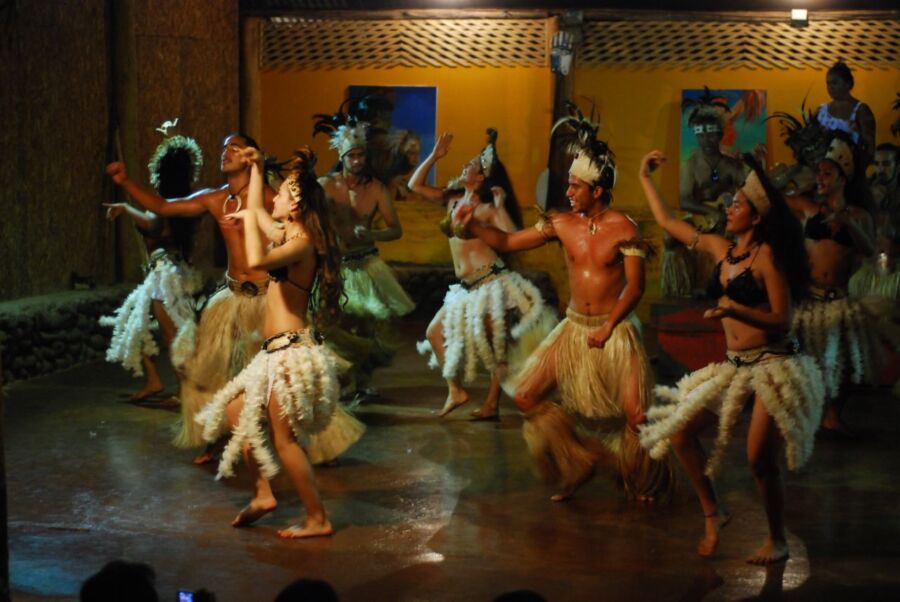
Easter Island’s unique heritage and fragile ecosystem require thoughtful travel practices. You can experience Rapa Nui culture while helping protect this special place for future generations.
Understanding Rapa Nui Traditions
When you visit Easter Island, you’ll be immersed in Polynesian culture. The Rapa Nui people have lived here for centuries, creating a rich tapestry of traditions. You can watch traditional dance performances that tell ancient stories through movement and song. Try local dishes like umu (earth oven-cooked meat and vegetables) or raw fish marinated in citrus juice.
Learn a few words in the Rapa Nui language to connect with locals. “Iorana” means hello, and “maururu” is thank you. As you explore the island’s archaeological sites, remember these are sacred places. Treat them with respect and don’t climb on or touch the moai statues.
Eco-Friendly Travel Practices
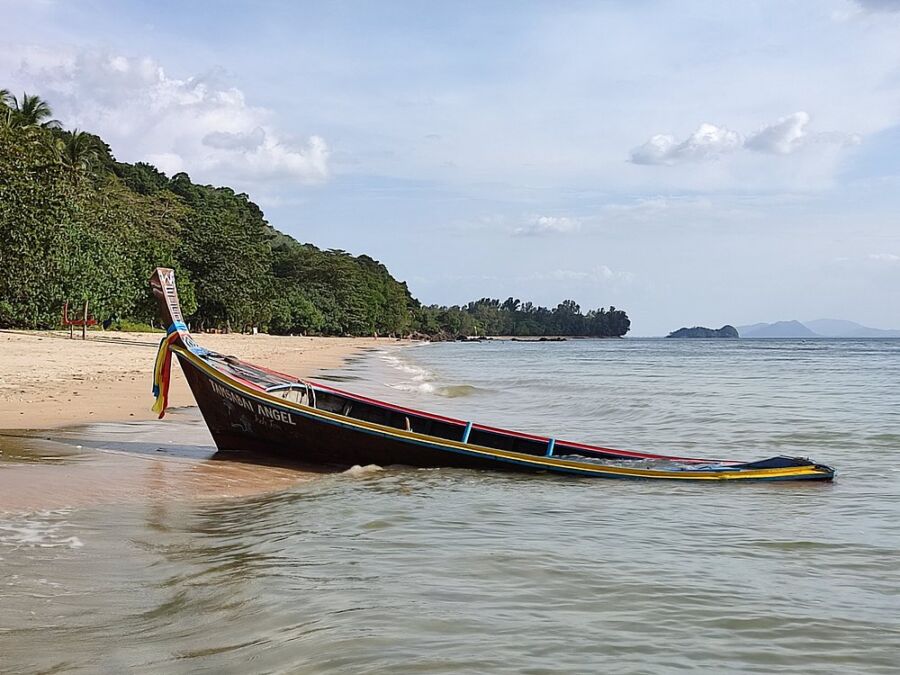
Tourism and climate change pose environmental challenges for Easter Island. You can help by choosing eco-friendly tours and accommodations. Some hotels use solar power and rainwater collection. When you swim or snorkel, pack reef-safe sunscreen to protect the ocean ecosystem.
To reduce plastic waste, bring a reusable water bottle and shopping bag. Stick to marked trails when hiking to prevent erosion. Consider visiting during the off-season (June to August) to reduce your impact on the island’s limited resources. By traveling sustainably, you’ll help preserve Easter Island’s natural beauty and cultural heritage for years to come.


